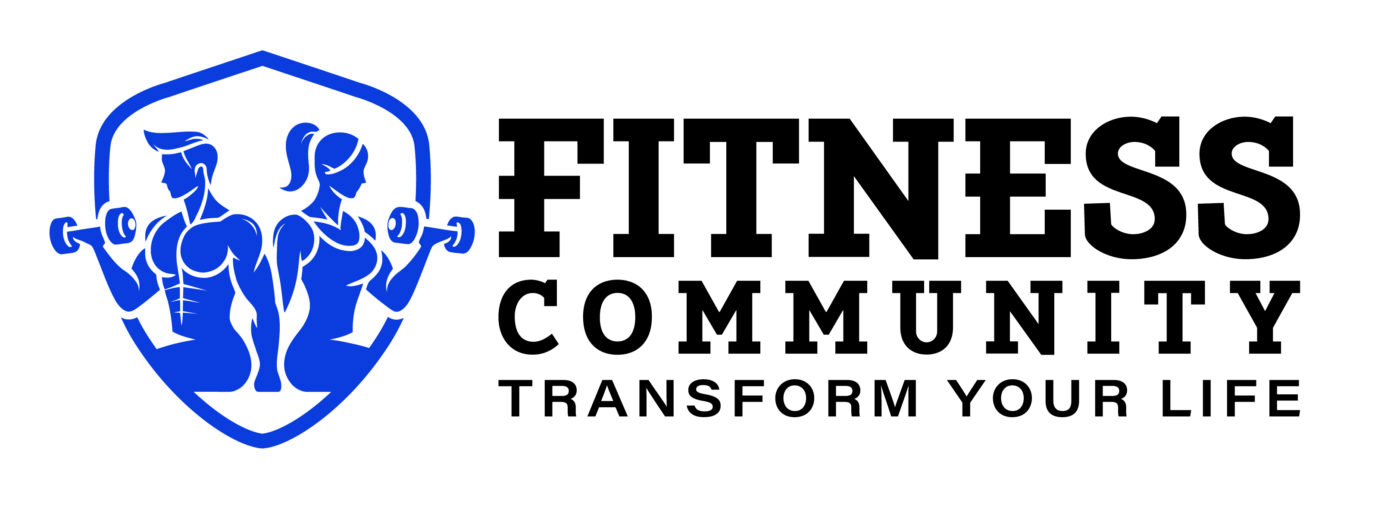HIGH-INTENSITY INTERVAL TRAINING
High-Intensity Interval Training (HIIT): The Ultimate Workout for Maximum Results
High-Intensity Interval Training (HIIT) is a workout method that alternates between short bursts of intense exercise and brief periods of rest or lower-intensity activity. This training style is widely recognized for its efficiency in burning calories, improving cardiovascular fitness, and boosting metabolism in a short amount of time.
How HIIT Works
HIIT workouts typically last anywhere from 15 to 45 minutes, making them perfect for those with busy schedules. A standard HIIT session consists of:
- Warm-up (5 minutes) – Dynamic stretching, jogging, or light cardio
- Intervals (10-30 minutes) – Alternating between intense bursts (e.g., sprinting, jumping squats) and low-intensity recovery (e.g., walking, slow jogging)
- Cool-down (5-10 minutes) – Stretching and controlled breathing
A classic example of a HIIT workout might be 30 seconds of sprinting followed by 30 seconds of walking, repeated for 15-20 minutes.
Benefits of HIIT
- Burns More Calories in Less Time
HIIT is more effective than traditional steady-state cardio because it increases Excess Post-Exercise Oxygen Consumption (EPOC), meaning your body continues burning calories even after the workout. - Boosts Metabolism & Fat Loss
Studies show that HIIT triggers fat-burning hormones, specifically targeting belly fat. The combination of anaerobic and aerobic activity increases metabolic rate for hours post-exercise. - Improves Cardiovascular Health
HIIT challenges the heart and lungs, improving VO₂ max (oxygen uptake capacity), making your heart stronger and more efficient over time. - Builds Muscle While Burning Fat
Unlike steady-state cardio, which can lead to muscle loss, HIIT preserves and even builds lean muscle due to the high-intensity nature of the movements. - Time-Efficient & Convenient
With no gym or equipment required, HIIT can be performed anywhere – at home, outdoors, or in a hotel room. Workouts can be as short as 15 minutes and still deliver impressive results. - Enhances Insulin Sensitivity
HIIT helps regulate blood sugar levels by improving insulin sensitivity, making it a great workout for individuals at risk of Type 2 diabetes.
Examples of HIIT Workouts
- Bodyweight HIIT (No Equipment)
- Jump squats – 30 sec
- Push-ups – 30 sec
- Burpees – 30 sec
- Mountain climbers – 30 sec
(Rest for 30 sec, then repeat for 3-5 rounds)
- HIIT with Weights
- Kettlebell swings – 40 sec
- Dumbbell thrusters – 40 sec
- Jump lunges – 40 sec
(Rest 20 sec between exercises, repeat for 4 rounds)
- Treadmill HIIT
- Sprint (9-12 mph) – 30 sec
- Walk (3-4 mph) – 60 sec
(Repeat for 15-20 min)
Who Should Try HIIT?
HIIT is suitable for all fitness levels, from beginners to advanced athletes. However, due to its intense nature, individuals with heart conditions or injuries should consult a professional before starting.
Final Thoughts
If you want to burn fat, build endurance, and save time, HIIT is one of the best training methods out there. Whether you’re looking to shed weight, improve cardiovascular health, or simply switch up your workout routine, incorporating HIIT a few times a week can deliver incredible results.

